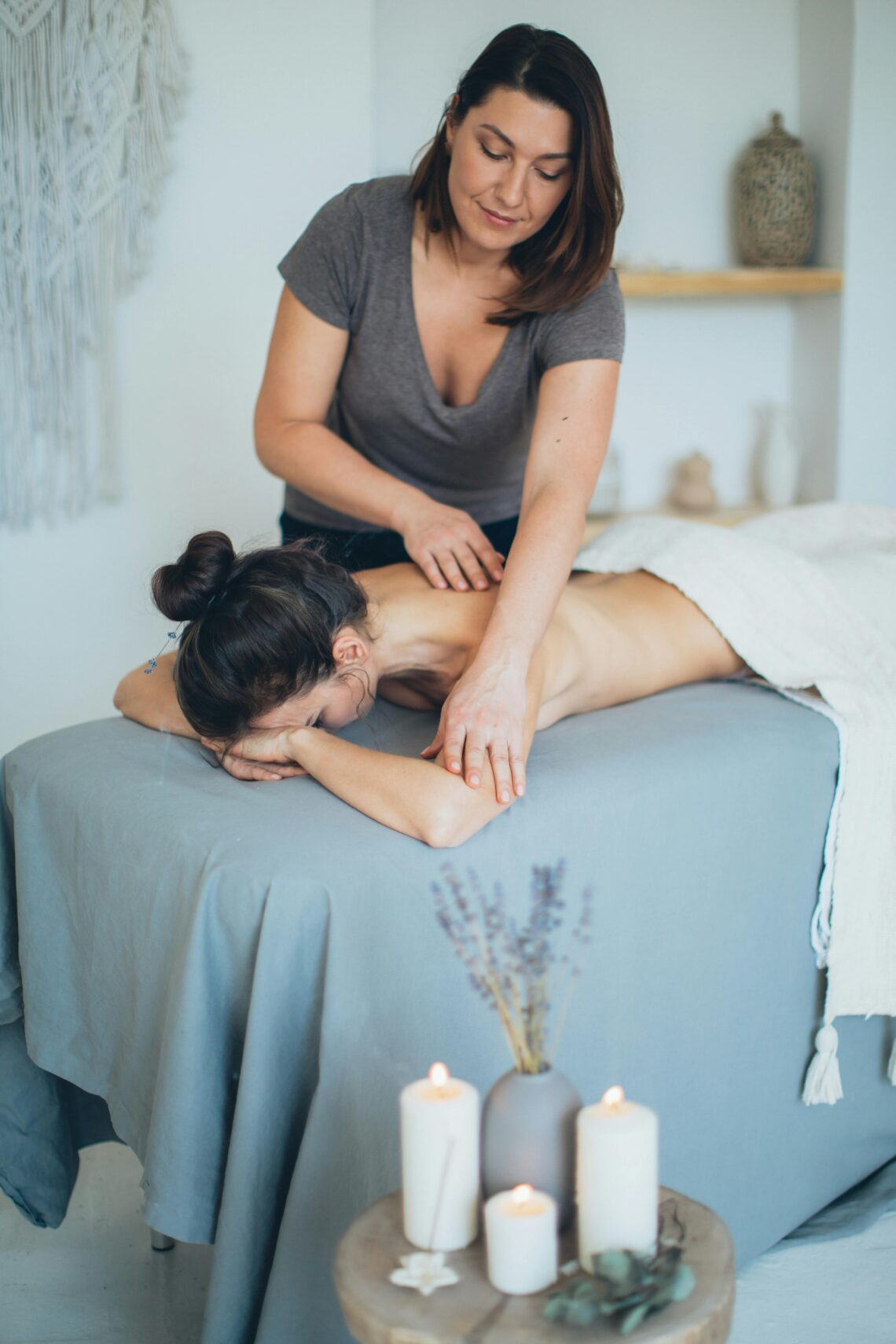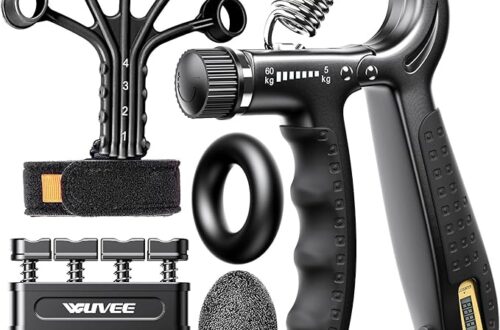Introduction
Stroke rehabilitation is a critical phase in the recovery journey for stroke survivors. While traditional therapies like physical and occupational therapy are well-known, the benefits of massage therapy are gaining recognition. Massage therapy can be a powerful tool to aid in the recovery process, offering both physical and psychological benefits to stroke survivors.
Physical Benefits of Massage Therapy
Massage therapy can significantly aid in improving physical function for stroke survivors. One of the primary benefits is enhanced circulation. Improved blood flow helps deliver essential nutrients and oxygen to the affected areas, promoting healing and reducing muscle stiffness. Regular massage can help alleviate muscle spasticity, a common issue for stroke survivors. By reducing muscle tension, massage therapy can improve mobility and flexibility, making it easier for survivors to engage in other rehabilitation exercises.
Another critical benefit is pain reduction. Many stroke survivors experience chronic pain, which can hinder their rehabilitation progress. Massage therapy can help manage pain by stimulating the release of endorphins, the body’s natural painkillers. Additionally, it can decrease inflammation and improve range of motion, further aiding in pain management and overall comfort.
Psychological Benefits of Massage Therapy
Stroke recovery is not just about physical rehabilitation; the psychological impact of a stroke can be profound. Massage therapy provides a holistic approach to recovery by addressing mental and emotional well-being. One of the notable psychological benefits is stress reduction. The soothing effects of massage can lower cortisol levels, the body’s primary stress hormone, and promote relaxation.
Furthermore, massage therapy can significantly reduce anxiety and depression, common conditions among stroke survivors. The physical touch and human connection involved in massage can foster a sense of comfort and security, helping to alleviate feelings of isolation and loneliness. This emotional support is crucial in boosting the overall morale and motivation of stroke survivors as they navigate their rehabilitation journey.
Improving Sleep and Enhancing Quality of Life
Sleep disturbances are frequent among stroke survivors, often exacerbating other symptoms and slowing down recovery. Massage therapy can improve sleep patterns by promoting relaxation and reducing muscle tension. Better sleep quality leads to improved energy levels and a more positive outlook, which are essential for effective rehabilitation.
The cumulative effect of these benefits is an enhanced quality of life. Stroke survivors who incorporate massage therapy into their rehabilitation regimen often report feeling more optimistic and capable. The combined physical and psychological improvements contribute to a more holistic recovery, allowing survivors to regain independence and enjoy a better quality of life.
Incorporating Massage Therapy into Rehabilitation
To incorporate massage therapy into stroke rehabilitation effectively, it’s essential to work with a licensed massage therapist experienced in treating stroke survivors. The therapist can tailor the massage techniques to address the specific needs and limitations of the individual. Common techniques include Swedish massage, which is gentle and promotes relaxation, and neuromuscular therapy, which targets deeper muscle layers and can help relieve chronic pain.
It’s also crucial to coordinate with the broader rehabilitation team, including physical and occupational therapists, to ensure a cohesive approach to recovery. Combining massage therapy with traditional rehabilitation methods can maximize the overall benefits and accelerate the recovery process.
Conclusion
Massage therapy offers a multitude of benefits for stroke survivors, addressing both physical and psychological aspects of recovery. By enhancing circulation, reducing pain and muscle tension, lowering stress, and improving sleep, massage therapy can significantly contribute to a holistic rehabilitation process. For stroke survivors seeking to enhance their quality of life and speed up their recovery, massage therapy can be an invaluable addition to their rehabilitation regimen.
Sources and FAQ:
Sources:
- American Stroke Association: Stroke Rehabilitation
- National Institute of Neurological Disorders and Stroke: Stroke Rehabilitation Information
- Mayo Clinic: Stroke Rehabilitation: What to Expect
- American Massage Therapy Association: Massage and Stroke Rehabilitation
FAQ:
Q: How does massage therapy help with stroke rehabilitation?
A: Massage therapy improves blood circulation, reduces muscle stiffness, alleviates pain, lowers stress levels, and enhances overall emotional well-being, all of which are beneficial in stroke recovery.
Q: Is massage therapy safe for all stroke survivors?
A: While generally safe, it’s essential for stroke survivors to consult with their healthcare providers and work with licensed massage therapists experienced in post-stroke care to ensure the therapy is tailored to their specific needs.
Q: How often should stroke survivors receive massage therapy?
A: The frequency of massage therapy sessions can vary based on individual needs and recovery goals. It’s best to discuss a suitable schedule with a licensed massage therapist and the broader rehabilitation team.
Q: Can massage therapy replace traditional rehabilitation methods?
A: No, massage therapy should complement, not replace, traditional rehabilitation methods such as physical and occupational therapy. A combined approach can offer the best results for stroke recovery.
Q: What types of massage are most effective for stroke survivors?
A: Techniques like Swedish massage for relaxation and neuromuscular therapy for deeper muscle relief are commonly used and effective for stroke survivors. The therapist will tailor the approach to suit individual needs.





